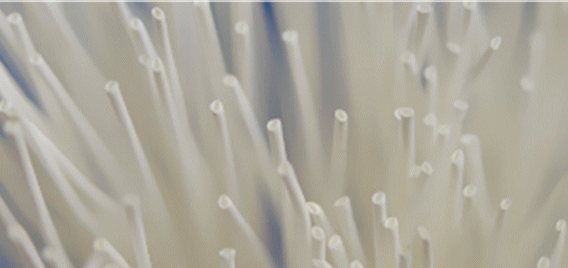Chemical and Process Engineering Resources

Chemical and Petrochemical Applications
Gas Separation
Gas membranes are now widely used in variety of application areas, as shown in Table 2. This is because of its advantages in separation, low capital cost, low energy consumption, ease of operation, cost effectiveness even at low gas volumes and good weight and space efficiency.
| Gas Separation | Application |
| Oxygen / Nitrogen | Oxygen enrichment, inert gas generation |
| Hydrogen / Hydrocarbons | Refinery hydrogen recovery |
| Hydrogen / Nitrogen | Ammonia purge gas |
| Hydrogen / Carbon Monoxide | Syngas ratio adjustment |
| Carbon Dioxide / Hydrocarbons | Acid gas treatment, landfill gas upgrade |
| Water / Hydrocarbons | Natural gas dehydration |
| Hydrogen Sulfide / Hydrocarbons | Sour gas treating |
| Helium / Hydrocarbons | Helium separation |
| Helium / Nitrogen | Helium separation |
| Hydrocarbons / Air | Hydrocarbon recovery, pollution control |
| Water / Air | Air dehumidification |
| From "Economics of Gas Separation Membranes", R. W. Spillman, Chemical Engineering Progress, Vol. 85, No. 1, pp. 41-62 (1989). Reproduced by permission of the American Institute of Chemical Engineers © 1989 AIChE | |
As the matter of fact, hollow fiber is playing a important role in gas separation. It is because of its high separation areas and selectivity.
Hollow fibers have demonstrated stable, high flux with moderate selectivity in full scale system. The high flux from hollow fibers is due to the combination of high transfer or separatin areas and thin membrane wall. Besides, it also has a low surface energy.
With such characters, hollow fiber is widely used in many gas separation industries. For instance, it is used in O2/N2 separation for oxygen enrichment and inert gas generation, H2 /hydrocarbons separation for refinery hydrogen recovery, H2 /CO separation for sygas ratio adjustment, H2/N2 separation for ammonia purge gas, CO2/hydrocarbons separation for acid gas treatment and landfill gas upgrading, H2O/hydrocarbons separation for natural gas dehydration, H2S/hydrocarbons separation for sour gas treating, helium separation and etc.(Table 3).
| Separation Process         | |||
| Â | Membrane | Cryogenic | PSA |
| Purification process | 0.206 | 0.511 | 0.492 |
| Compression | 0.794 | 0.723 | 0.641 |
| Total | 1.000 | 1.234 | 1.133 |
| Basis: Installed costs, U.S. Gulf coast | |||
| S.P. DiMartino et al. (3), reprinted with permission from Air Products and Chemicals Inc. © 1988, APCI | |||
Apart from that, low capital cost of hollow fiber also lead to its popularity. For example, for oxoalcohol feed separation, the process cost is about 1.000 for hollow fiber membrane. However, for crygenic(partial condensation) and PSA processes are about 1.234 and 1.133 respectively.(appen ) From here, we can see that most of the cost for hollow fiber is for compression and not for purification. It is because hollow fiber itself already provides a good medium for purification.
Desalination
As mentioned in the above section, RO is mainly use to remove the dissolved ion in the feed water. Its current extensive use in Malaysia industry sector is found in the production of ultrapure water in the semiconductor manufacturing industry. Historically, distillation and ion exchange was first used to remove the inorganic salts, but RO membrane processes with the combination of ion-exchange system has promised a better result in both the product requirement and a better economic view point.
Other usage of RO included the removal of organics, salts and silica ahead of deionizers in boiler feed water, removal of inorganic salts, phosphorus and nitrogen compound in the municipal waste water treatment and also the demineralization of sea water and brackish water in the production of potable water. Porter provide a good reference in the comparison of product quality and economic of the above processes.

 FB
FB


1 Comments
Helo sir,
I am having a doubt...What is the difference between membrane seperation and adsorption process?